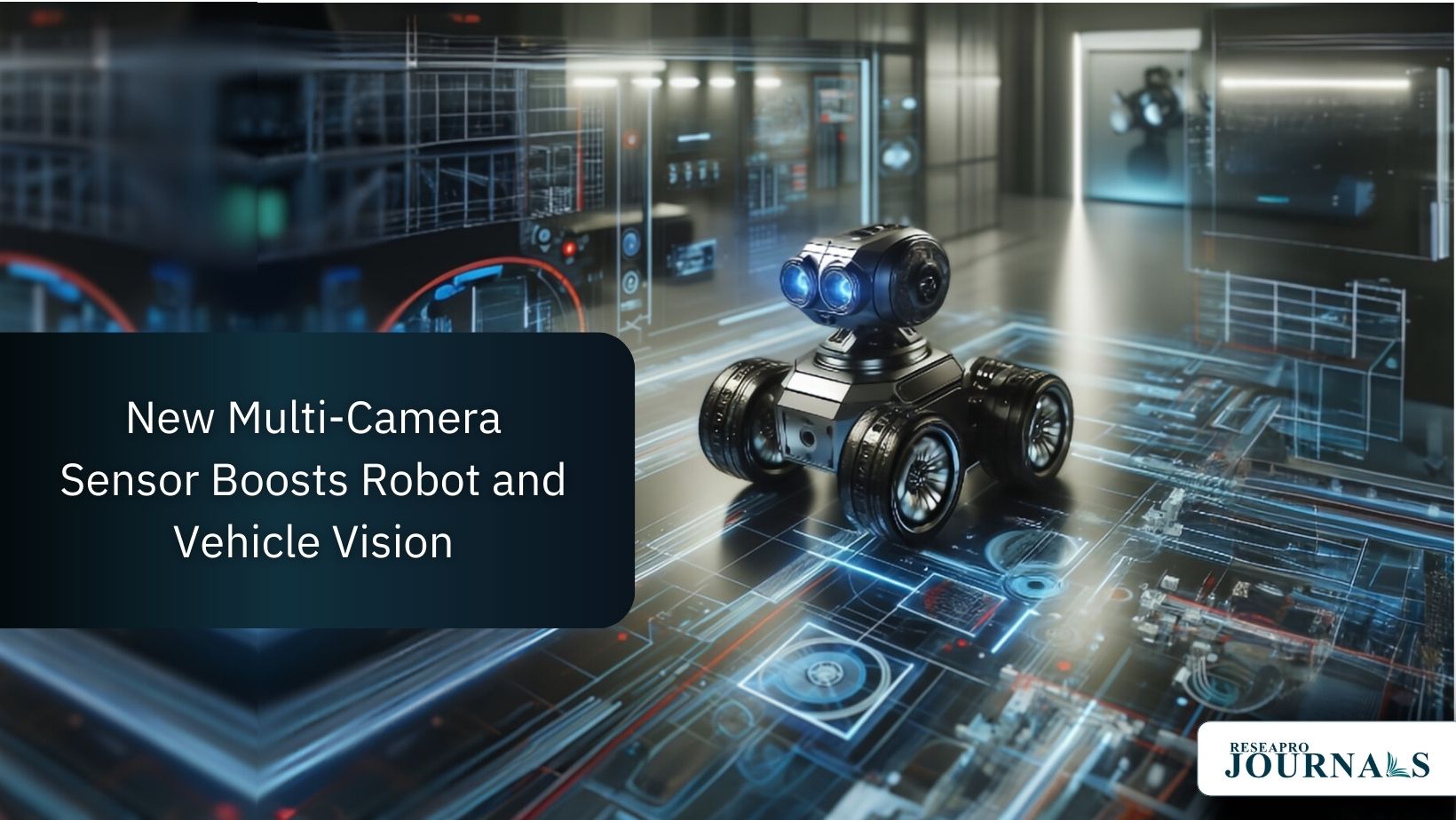
Introduction:

Imagine robots that can navigate intricate spaces with ease or self-driving cars that perceive their surroundings with unparalleled accuracy. This vision is inching closer thanks to a groundbreaking innovation: a multi-camera differential binocular vision sensor. Developed by researchers at Beihang University, this sensor promises to revolutionize the way robots and autonomous systems see the world.
The Challenge:
Traditional sensors often rely on single cameras, limiting their field of view and hindering their ability to collect precise measurements. This can be a major obstacle for robots and autonomous vehicles operating in complex environments.
The Solution:
The new multi-camera sensor addresses this challenge by incorporating multiple cameras arranged strategically. This ingenious design expands the field of view significantly, allowing the sensor to capture a wider and more detailed picture of its surroundings.
Key Features:
- Wider field of view: Captures more information about the environment compared to single-camera sensors.
- Enhanced precision: Delivers more accurate measurements for improved navigation and object detection.
- Compact design: Utilizes small industrial cameras, making it suitable for various applications.
- Potential for miniaturization: Future iterations could be even smaller and lighter.
Benefits and Applications:
This innovative sensor holds immense potential for various fields:
- Robotics: Enables robots to navigate complex environments with greater precision and agility.
- Autonomous vehicles: Enhances perception for safer and more efficient self-driving cars.
- Drones: Improves obstacle avoidance and object recognition for more effective drone operations.
- Motion-sensing devices: Provides accurate data for advanced motion tracking and gesture recognition.
Conclusion:
The multi-camera differential binocular vision sensor represents a significant leap forward in robot and autonomous system vision. Its wider field of view and enhanced precision pave the way for a new era of intelligent machines that can operate with greater autonomy and accuracy. (https://michaelpalance.com) As researchers continue to refine this technology, we can expect to see even more exciting advancements in the years to come.
